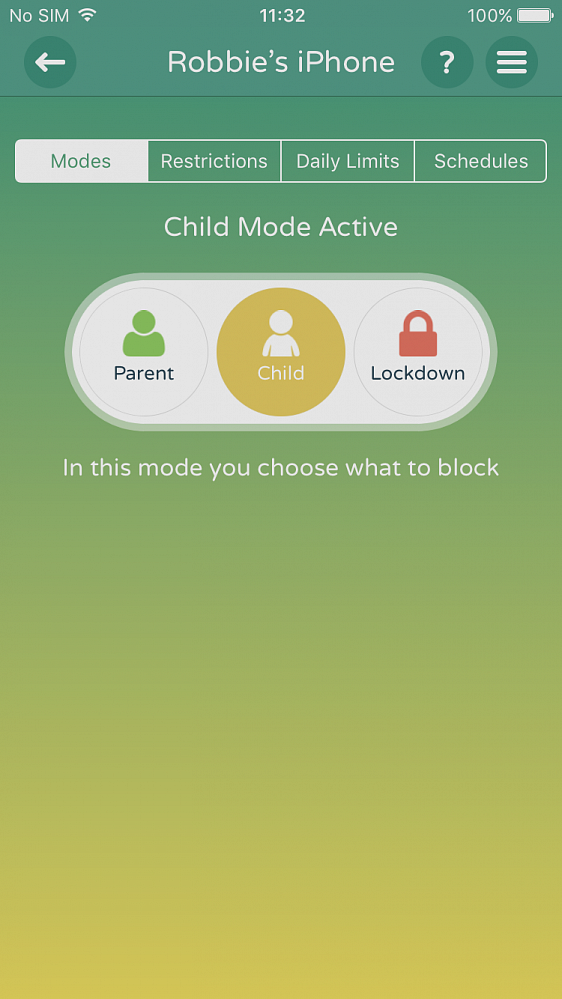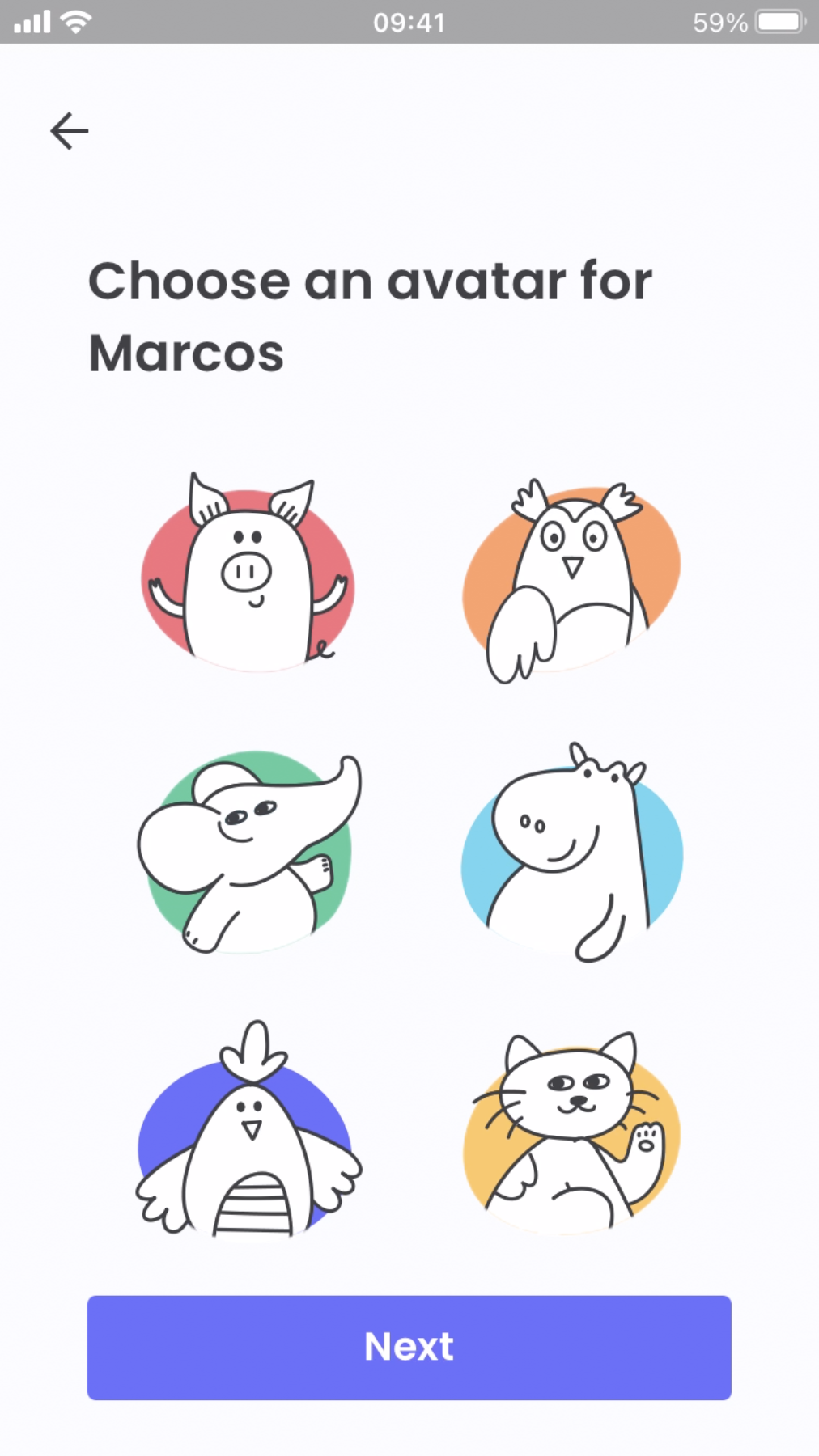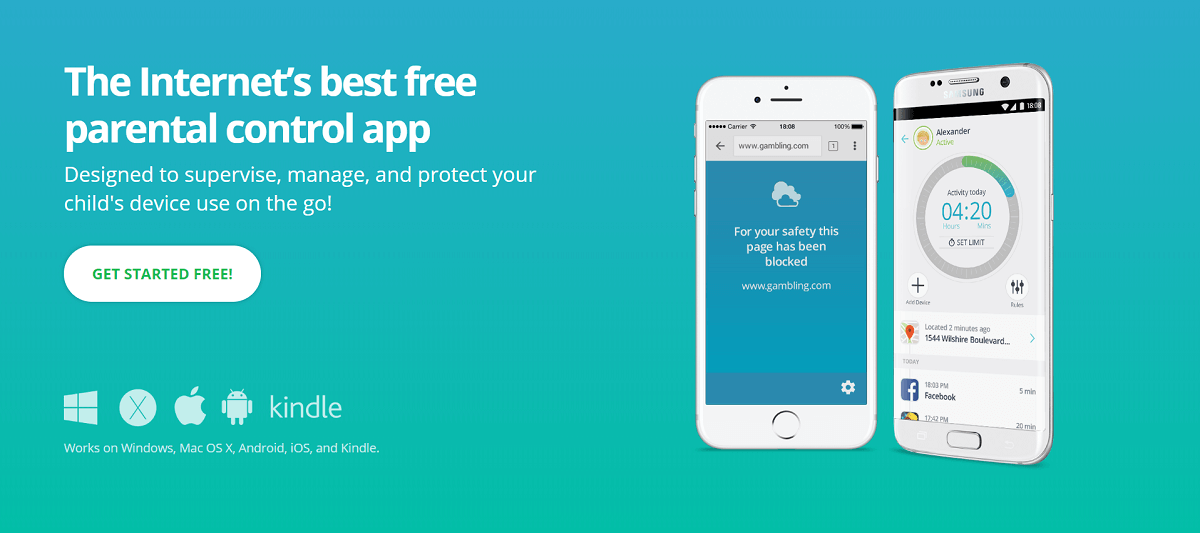
- #Temporarily stop qustodio ios install#
- #Temporarily stop qustodio ios android#
- #Temporarily stop qustodio ios mac#
That's good news if you have a multi-device family, in which an iPhone is just another device to keep tabs on.
#Temporarily stop qustodio ios android#
Qustodio offers monitoring tools for Macs, PCs and Android devices that are far more robust than what's available for iOS. These are potential teaching and monitoring opportunities that are lost. Similarly, there's no way to receive an alert when kids are simply using their devices. Qustodio will email you when a child tries to access a blocked site in the Qustodio browser, but it seems like a text alert would be a more timely warning. It's not a feature I feel comfortable using.
#Temporarily stop qustodio ios mac#
If you have Qustodio installed on a Mac or PC, and you have your child log into Facebook from that computer, you can then monitor Facebook conversations from Qustodio's Web portal, even when your child uses the Facebook app on his or her iPhone. Qustodio also offers parents a way to monitor their child’s Facebook activity - including what’s being posted - though it requires what I consider to be an overreach. In my tests, messages on Apple's Messages app got through, even during restricted hours. The phone is off-limits, as you can't block callers or texters. (You re-enable them after installing that VPN profile.) After that, installation was problem-free, though still cumbersome.Īs noted above, Qustodio's time and app-management features are limited to a handful of apps.
#Temporarily stop qustodio ios install#
You download the app, then install a VPN "profile" on the device after a couple of false starts, I figured out I had to disable restrictions on the iPhone.


Installing Qustodio for iPhone is surprisingly hard - so hard, in fact, that after my first attempt, I assumed I had done something wrong. Note that Qustodio can only track activities in the apps it's capable of monitoring. It's easy to narrow this down to "questionable activity," which lists those sites and searches that Qustodio deems inappropriate. That activity timeline may be the best feature in Qustodio, with its reverse chronological view of all the sites visited on the Qustodio browser and how often your kids were on Facebook or other select monitored apps. Qustodio lists location history in reverse chronological order, along with other activity I would have preferred a single map dedicated to location history. In my tests, location can be off by the distance of about two suburban houses - and even as much as a half mile if Wi-Fi is turned off. You can also see the last-known location of the device from Qustodio’s Web portal. Activate the feature, and Qustodio will ping the device at intervals ranging from every five minutes to several hours, depending on your preferences. Similarly, the iOS app offers a location-monitoring feature that works well, but not perfectly.

Your child can keep playing a game that doesn't require online access, or use a popular app like Snapchat that isn't restricted, without time limits having any effect. When it's past curfew, or when your kids hit their daily time limit, online access is blocked.īe prepared from some significant limitations, though: On iOS devices, the time-usage limits work only on the Qustodio browser and for a few select apps (Facebook, Facebook Messages, YouTube, Instagram, Twitter, App Store, iTunes Store, Kik, WhatsApp, Netflix and Spotify). You can also set up daily time allowances, such as 2 hours on school days and 5 hours on weekends. New to Qustodio's iOS offering is a time-usage feature that lets parents place limits on when a child can browse the Web on an iPhone and for how long, though you can't limit app use to specific locations (say, allowing games at home, but not school).


 0 kommentar(er)
0 kommentar(er)
